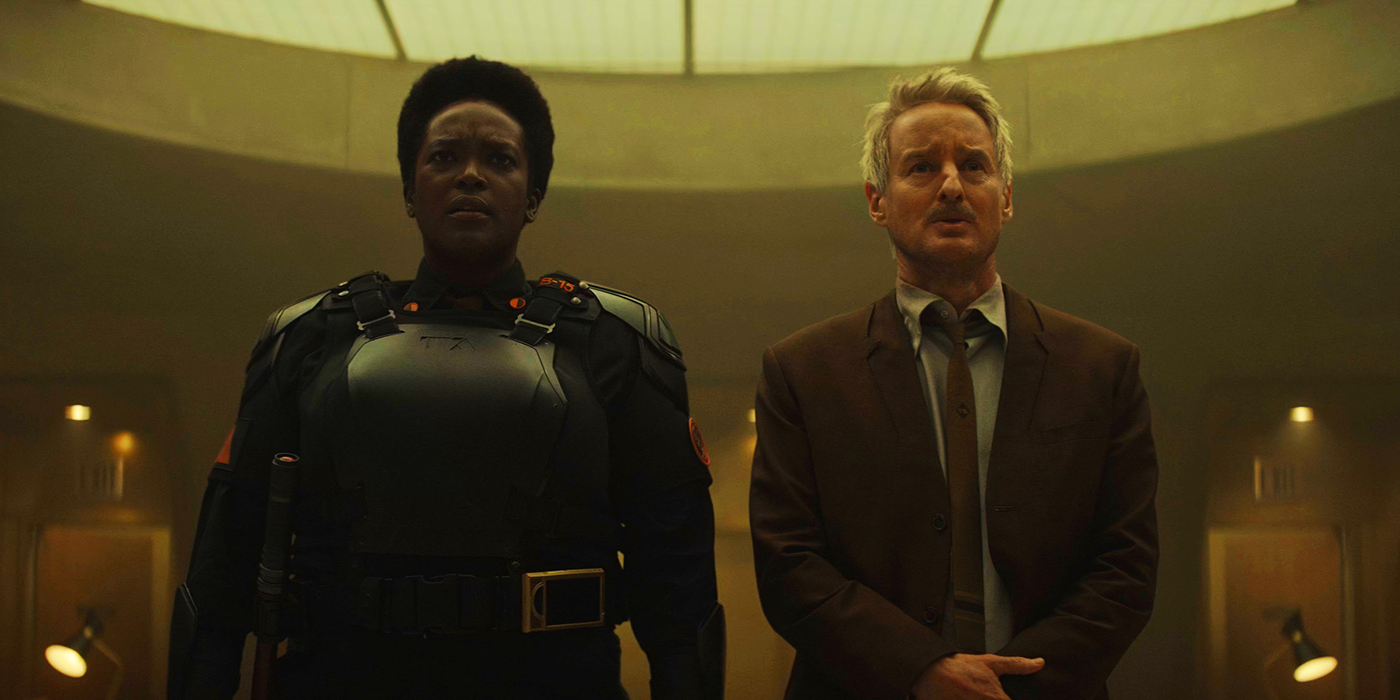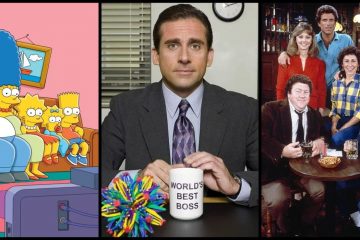Loki Season 2 is quickly approaching on Disney+, and the Marvel Cinematic Universe is sure to get a lot weirder. The first season of Loki set the stage for what was to come in The Multiverse Saga. Not only did it add new layers to the god of mischief, but it broke the timeline completely and introduced the next Big Bad of the MCU, Kang the Conqueror. That’s a lot for a single show to achieve, and the creators of the second season have had to work hard to ensure that the latest incarnation lives up to lofty expectations.With the reviews already pouring in and Loki boasting an 86 percent Fresh Rotten Tomatoes score, it’s clear that those extra hours at the office have all paid off. But what’s fascinating about this second season is that it was made in a way no other MCU shows have seemingly been crafted. It was forged with a singular vision, and that creative determination has led to its critical success. The MCU is in a state of flux, but future projects could learn a great deal from how Loki was produced, with budgets and creative conflicts potentially tempered by the show’s techniques.Additional photography is a natural part of the creative process. It’s not always a bad thing. It may mean that a few changes have happened in the script, the editor has found gaps in the material, or the director wasn’t able to capture certain shots during the initial shoot due to events out of their control. Pick-ups are vital to produce a film that the creative team can be happy with. However, reshoots have also muddied the waters, with some films falling into development hell as producers and directors head back to the cameras again and again, attempting to fix problems that only seem to get worse. Runtimes are often shortened when it comes to TV shows to avoid the problems that have arisen from a confused production process, and budgets can sometimes balloon with the increased hours.RELATED: Loki’s TVA Could Appear in Other MCU Projects, Reveals Executive ProducerRELATED: Loki Executive Producer Explains God of Mischief’s Link To Avengers: Secret Wars
Loki Season 2 is quickly approaching on Disney+, and the Marvel Cinematic Universe is sure to get a lot weirder. The first season of Loki set the stage for what was to come in The Multiverse Saga. Not only did it add new layers to the god of mischief, but it broke the timeline completely and introduced the next Big Bad of the MCU, Kang the Conqueror. That’s a lot for a single show to achieve, and the creators of the second season have had to work hard to ensure that the latest incarnation lives up to lofty expectations.
With the reviews already pouring in and Loki boasting an 86 percent Fresh Rotten Tomatoes score, it’s clear that those extra hours at the office have all paid off. But what’s fascinating about this second season is that it was made in a way no other MCU shows have seemingly been crafted. It was forged with a singular vision, and that creative determination has led to its critical success. The MCU is in a state of flux, but future projects could learn a great deal from how Loki was produced, with budgets and creative conflicts potentially tempered by the show’s techniques.
Additional photography is a natural part of the creative process. It’s not always a bad thing. It may mean that a few changes have happened in the script, the editor has found gaps in the material, or the director wasn’t able to capture certain shots during the initial shoot due to events out of their control. Pick-ups are vital to produce a film that the creative team can be happy with. However, reshoots have also muddied the waters, with some films falling into development hell as producers and directors head back to the cameras again and again, attempting to fix problems that only seem to get worse. Runtimes are often shortened when it comes to TV shows to avoid the problems that have arisen from a confused production process, and budgets can sometimes balloon with the increased hours.
#Lokis #PrePlanning #Sign #Marvel #Shoot #Moving
Note:- (Not all news on the site expresses the point of view of the site, but we transmit this news automatically and translate it through programmatic technology on the site and not from a human editor. The content is auto-generated from a syndicated feed.))



